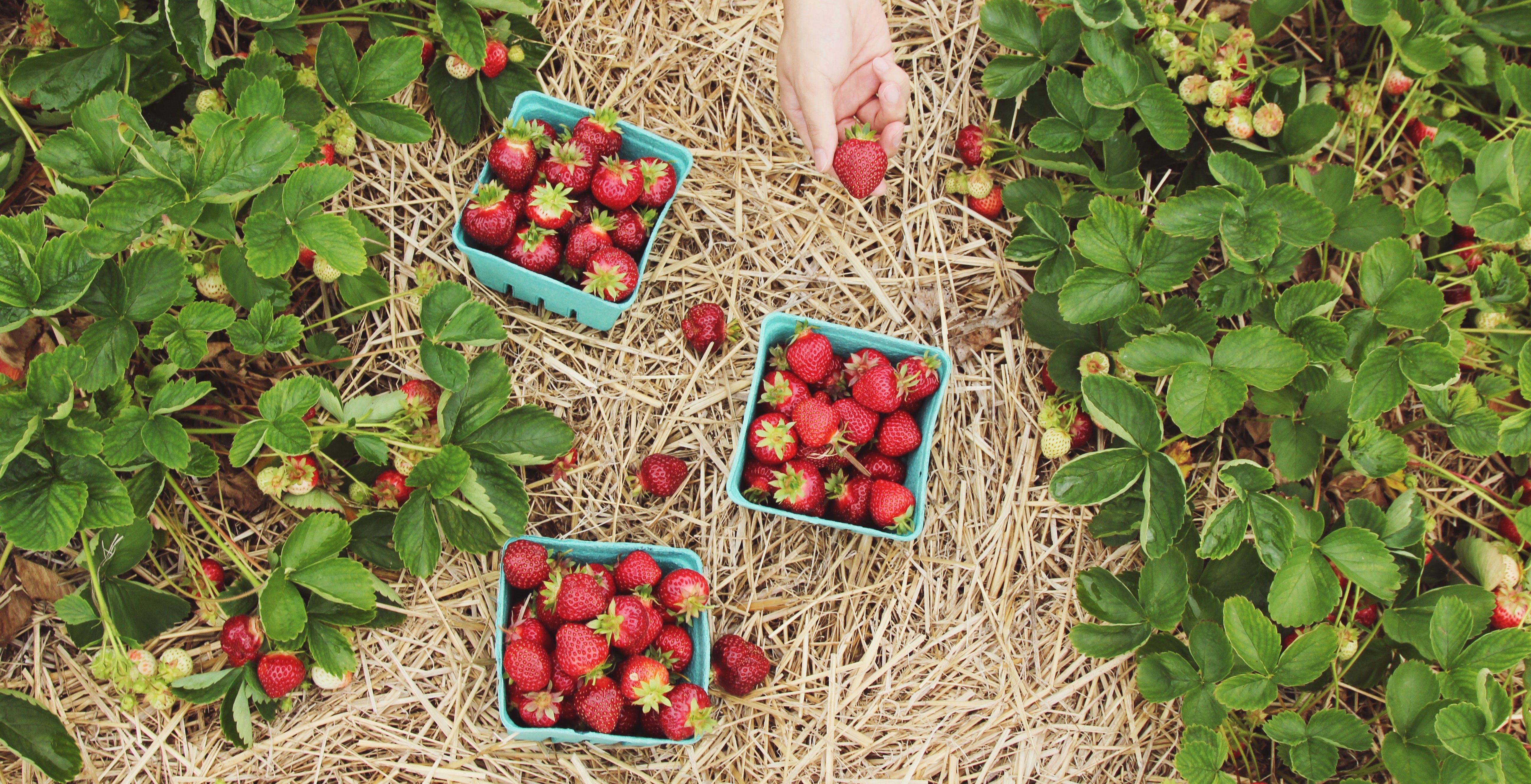
16 June 2023
Defra is preparing to release the final versions of six new standards for the Sustainable Farming Incentive (SFI), which will be open for applications by farmers in England later this summer. The new standards will cover areas such as hedgerows, pest management, and nutrient management, which will affect soils.
Tony Juniper, the chair of Natural England, has stated that England is not on track to meet its biodiversity targets, criticizing the slow progress in regenerating nature. The government has set a legally binding target to halt the decline in species abundance by 2030. Juniper emphasized the need for quicker action in reconciling conflicts between farming and nature.
Drought could become the next pandemic, but regenerative agriculture offers an alternative. In the UK, farmers are adopting no-till methods to combat soil degradation and enhance water storage, with water companies even paying farmers to leave crops on their fields over winter. This approach has the potential to address water scarcity issues and protect water sources.
During EU Green Week in Brussels, Scotland's Rural Affairs Secretary, Mairi Gougeon, announced that the protection of peatlands and wetlands will be a requirement in Scotland's future support model for farming and land management. Scotland has already committed £250 million to restore degraded peatlands.
The Welsh government is considering a ban on artificial lawns due to their negative environmental impact. Julie James, Wales's climate change minister has highlighted that fake grass surfaces contribute to global warming by absorbing more radiation than living grass and displacing plants that could remove carbon dioxide through photosynthesis and soil carbon sequestration.
Over 100 businesses, including Nestle, Danone, and Unilever, have urged the EU to pass the Nature Restoration law, emphasizing the need for ambitious environmental policies. The law, which aims to reverse biodiversity loss including through pesticide reductions, is facing opposition from member states due to concerns about farmland and administrative burdens.
A report by the Joint Nature Conservation Committee has laid the foundation for developing a framework of soil health indicators for England. Assessing soil health is vital for understanding the state of soils and protecting the ecosystem services they provide. The study proposes a process of steps like identifying soil properties and creating a visualization dashboard to monitor and improve soil health indicators over time.
A recent study on soil biodiversity reveals that disturbed areas, such as croplands and grasslands, have a higher richness and diversity of soil bacteria and fungi, which may indicate the presence of potential plant pathogens. The findings will contribute to the development of maps and indicators for soil biodiversity at the EU scale, and soil protection.
New research has found that intricate fungal networks in the soil are absorbing a significant amount of carbon from the atmosphere, equivalent to over a third of annual fossil fuel emissions. The mutual relationship between mycorrhizal fungi and plants plays a crucial role in retaining carbon in the soil, making them a key focus for conservation efforts and the fight against climate change.